Cwm Farm Rogerstone
270 years of farming history
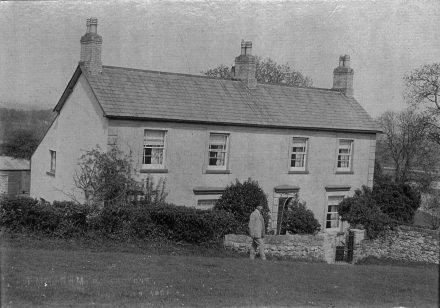
Cwm Farm, or ‘The Cwm’ as it was always called in our family, is a 41-acre farm in Rogerstone, Monmouthshire. Our grandmother, Catherine Alice Mary Phillips, was born there in 1907 and it has been in the Phillips family for more than 120 years. The farm is situated off Cwm Lane in Rogerstone, a beautiful location with the Ynys-y-Fro Reservoir behind it. When the Phillips family moved to the farm, Rogerstone was a working-class hamlet that included the village of Tydu and had a population of 2,389.
Rogerstone today is a residential middle-class area, popular with families, and contains around 11,000 people. The large Mount Pleasant estate is built on former farming lands and has continued to grow since initial construction in the 1970s. The estate now borders Cwm Lane, immediately opposite the entrance to Cwm Farm.
Coomb Farm
Cwm Farm has a long history as an agricultural property. A plan of the farm – then known as Coomb Farm – along with a copy of a mortgage deed, dates back to 20th August 1730. The farm comprised a four-bedroom farmhouse, a barn, various outbuildings, and 41 acres of land. In the 1880s and early 1890s, John Hunter and his mother, Hannah, originally from Melksham in Wiltshire, tenanted the farm. By 1894, Robert Sansom from Dorset had taken over the tenancy. He gained recognition at the Bedwellty Agricultural Society awards and went on to win prizes for his Swedes and Mangolds at a local show in 1895.
In 1896, Robert Sansom hosted an annual ploughing match at Cwm Farm, an event that drew considerable attention and was covered by the South Wales Daily News. Robert himself won a prize in the horse category for the Most Valuable Team in the Field. Following the competition, a post-event dinner was held at the Tredegar Arms Inn in Cefn, presided over by the Rev. R. Jones. The last known record of Robert at Cwm Farm dates to 1899 when he placed an advertisement seeking a farmhand to assist with the horses. It is said that he left the farm after a dispute with Lord Tredegar, who subsequently purchased the property. By 1901, Robert had relocated and was farming in Risca.
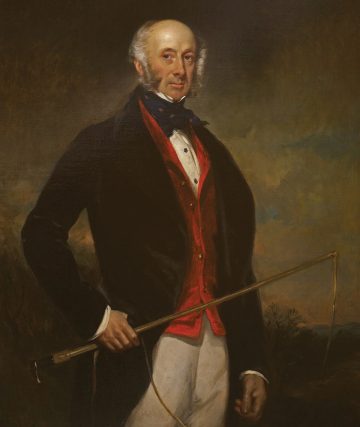
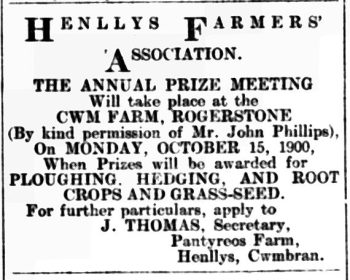
The Phillips Family
Our connection to Cwm Farm dates to 1900 and the marriage of Catherine Phillips from Bryngwyn Farm in Nash to John Phillips from Greenmoor Farm in St Brides. They leased Cwm Farm from The Tredegar Estate and settled in Rogerstone where they had two children; John Augustus (known as Gus) was born in 1903 and our grandmother Catherine in 1907.
The Tredegar Estate owned huge tracts of land in Monmouthshire and beyond. Estate records are now held by the National Library of Wales and run to 16.5 cubic metres of records. This comprises 902 loose volumes, 361 large boxes, 296 small boxes, 7 deed presentation boxes, 6 loose rolls, 4 loose bundles, 4 loose envelopes, 2 loose folders. The Tredegar Estate was dissolved in 1958.
From Father to Son
John and Catherine Phillips established a farming partnership focused on livestock rearing, primarily cattle, which continued until 1996. They also held grazing rights on moorland about six miles from the farm. Cwm Farm played a significant role in the local community, hosting various agricultural events. John Phillips was an influential figure in the industry, serving as President of the Monmouthshire Chamber of Agriculture and as an Executive Member of the National Farmers’ Union.
John retired in 1930, passing the tenancy to his son, Gus Phillips, and his wife, Olive. The 1939 Register lists Gus as the Master Farmer at Cwm Farm, along with their daughter, Enid Meriol Amelia Phillips. Also recorded at the farm were Margarite R. Flook (private secretary), Sylvina M. Sumsion (typist), and Winifred D. Whittle (domestic maid). After spending 44 years at Cwm Farm, John Phillips passed away in January 1943 and was laid to rest at St. John’s Church in Rogerstone.
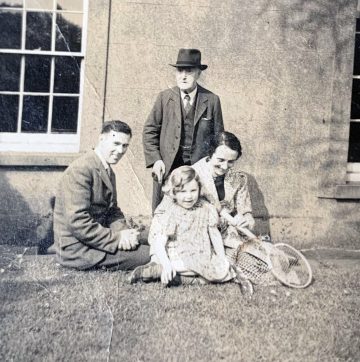
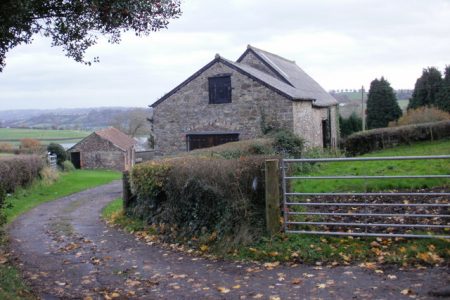
The Tax Question
Gus and Olive ran the farm as tenants until 1958 when they were able to purchase the freehold after the Tredegar Estate was dissolved. In 1989 Gus and Olive passed 39 acres of the land to their daughter Enid and son in law Alan Rosser. They then ran Cwm Farm alongside their own farm in New Inn, near Pontypool.
Gus and Olive continued to live in the farmhouse, tend their 2 acres and help out on the farm until their deaths in 2001. Following the passing of her parents, Enid inherited the farmhouse, land and barn. Unfortunately, this legacy led to a significant inheritance tax case with the HMRC when Enida appealed against their valuation of the property for tax purposes.
Precedent Set
The central issue for determination was whether the value transferred by the disposition of the house and barn attracted agricultural relief within the meaning of Inheritance Tax Act 1984. The court had to decide were the house and/or barn agricultural land? Could the house be considered a farmhouse? The occupation and ownership status of the property.
The outcome was the house did not qualify for agricultural relief, but the barn did. The precedent set in this case now forms the basis of the legal definition used to establish what a farmhouse is.
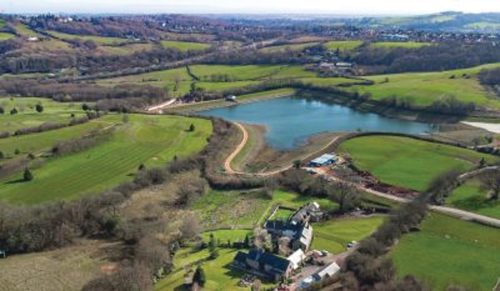
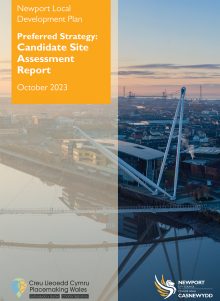
125 Years and Counting
As of 2025, Cwm Farm remains standing and continues to be part of the Phillips family, despite various assessments for its suitability for housing development. The surrounding area of Rogerstone has changed significantly, with a large housing development now bordering the property. Through our research, we had the opportunity to meet Gus’s granddaughters, Rachael and Kate, who helped fill in many gaps in the farm’s history. They also generously shared numerous family photographs, preserving the legacy of Cwm Farm for future generations.
Something to add to the story of Cwm Farm? Please email us: research@skinnerfamilyhistory.com
